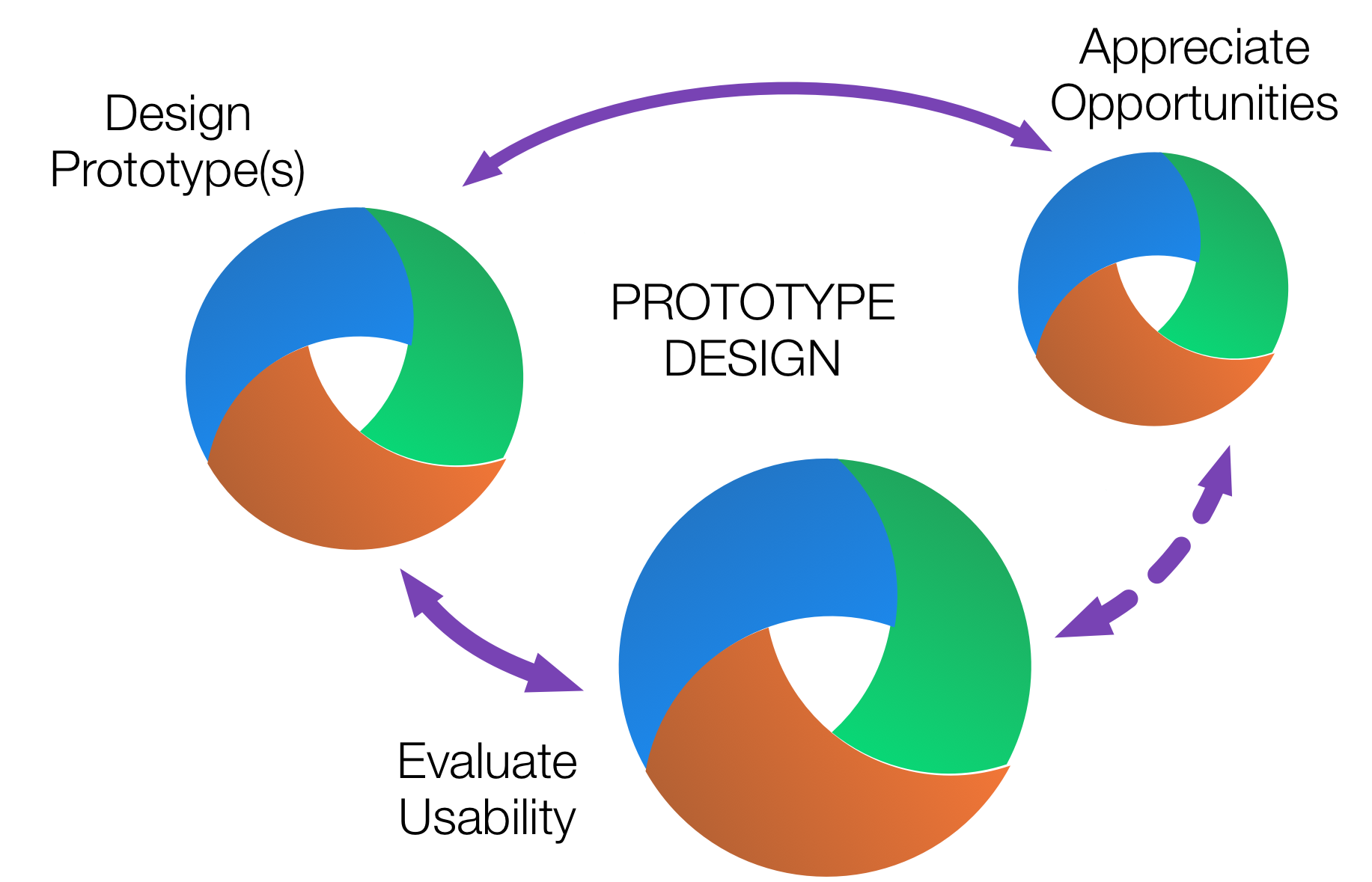Action Foresight was thrilled to be asked to manage the Financial Resilience Living Lab pilot for the Financial Resilience CRC bid earlier this year. Living Labs are ‘public-private-people-partnerships’; simply they are places where researchers, business, government, other organisations and people come together research a particular topic. They emphasise co-creation, innovation and sustainability. Living Labs treat the ‘end-user’, you and me, as knowledgeable participants in the whole process contributing to the design, evaluation, topics of study and opportunity rather than being ‘objects of study.’ More generally this is framed as a ‘demand side’ economic innovation policy particularly directed at service creation and directed a an economic view based on the service dominant logic economic theories of Steve Vargo and Robert Lusch.
The Living Lab pilot was a collaboration between Action Foresight, RMIT, Swinburne University, GSM, Smart Services CRC and the tlab participants in Dandenong. Unfortunately the government withdrew support for all CRC’s in this round, but the pilot showed the use of the Living Lab model for this kind of topic.
Our role was to make sure that the co-creation with the participants was central throughout the design of the program – to demonstrate that we could achieve the level of co-creation that could have lead to membership of the European Network of Living Labs the following year. Fortunately our university collaborators were of a similar mindset. The program as based on the best practice tool kit from Enoll. With our collaborators we developed a program that ran through the three key stages of the key iteration of a Living Lab project cycle, understanding the opportunities, designing solutions and evaluating them. The topic theme was based on insurance for people on low incomes. We deliberately looked for non-financial as well as financial solutions. A typical scenario might be that we someone who is working on a casual basis their car breaks down and they can’t afford to get it fixed straight away as a result they can’t get to work for a few days and they lose their job. A small event triggering a much larger loss of income as well as the expense. Here the need is to be able to get to work not just have an insurance policy that protects the car. There may be solutions more akin to Uber than insurance policies.
The Action Foresight team have Living Lab expertise as well as expertise in related fields and techniques that are used in Living labs, such as action research, user centred design and of course futures. Action Foresight can help you design, set-up and run your Living Lab or your Living Lab project. Action Foresight and SustainSA are currently working together with other collaborators to develop the Australian Network of Living Labs with the aim of promoting the development of Living Labs in Australia.


